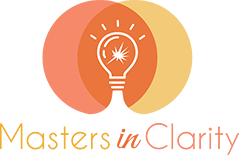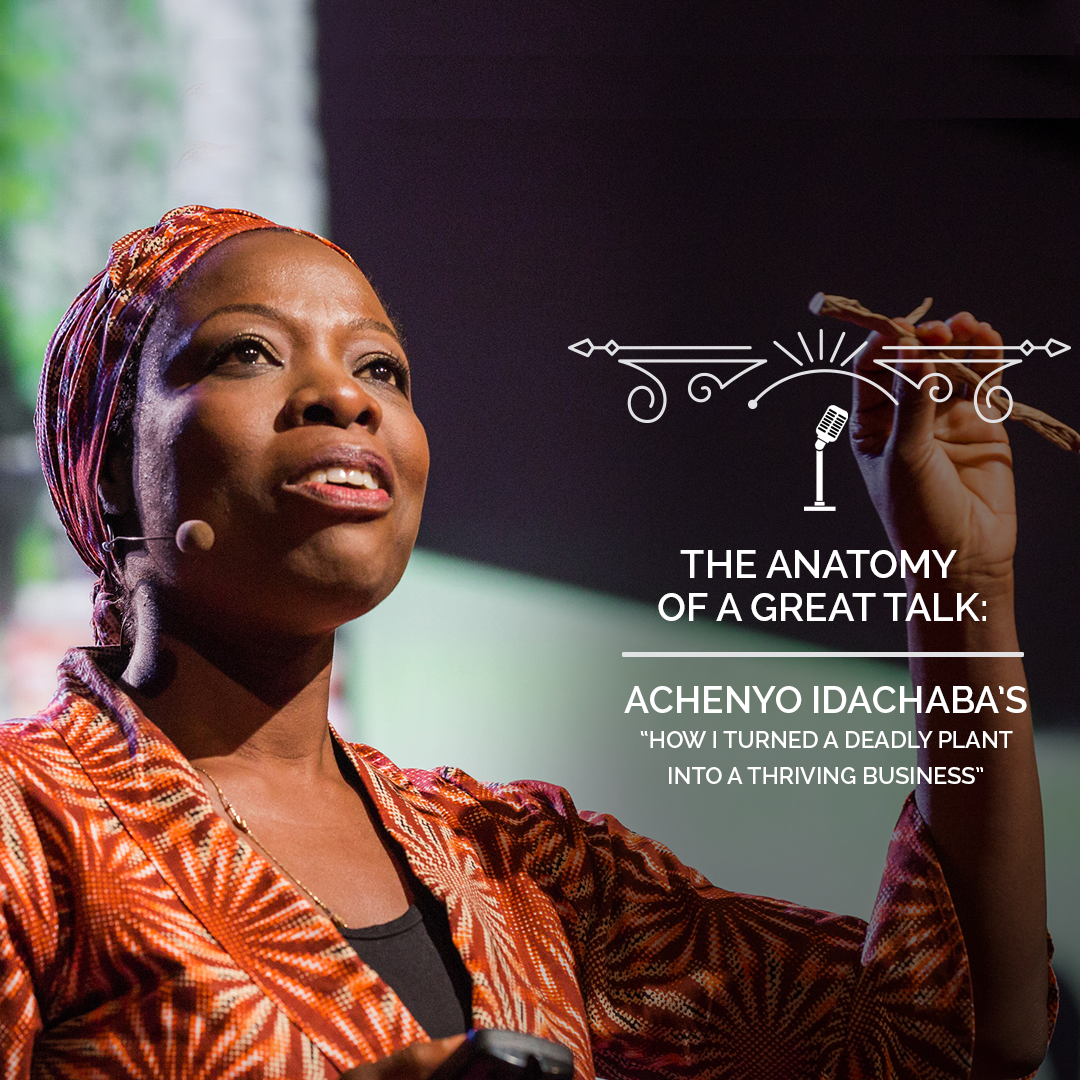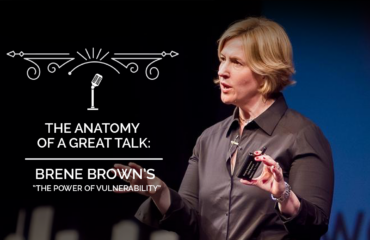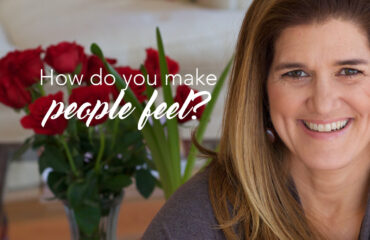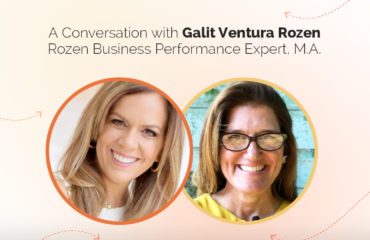Welcome to our next installment of Anatomy of a Ted Talk!
Can your biggest challenge become your biggest OPPORTUNITY?
Can an IDEA change a community?
In this talk, green entrepreneur Achenyo Idachaba shares her story about changing the stories in her community. From stories of destruction to stories of creation. Achenyo recognized an opportunity in the destructive and invasive growth of water hyacinth, a beautiful flowering plant that’s actually an invasive aquatic weed that clogs waterways, stops trade, interrupts schooling and disrupts everyday life.
Idachaba shares with us the impact she saw when she helped turn these weeds into an opportunity to help the community see these former nuisance as a gift. In this 7-minute TED talk, Idachaba shares how the power that a small IDEA can have.
In a previous Anatomy of a Ted Talk, I introduced you to the FRAMEWORK we use with our clients to create their talks. It breaks down the presentation into different key elements that contribute to an overall great talk. However, this is NOT A FORMULA – it’s a simple framework– the box which holds the sand– so that you can create your unique, authentic talk!
This framework has helped people write TED-style talks, keynote speeches, 5-minute pitches as well as full day-long workshops. This talk can be adapted to the context of your presentation while guiding you to cover the most important elements for effectively connecting with your audience. Our Anatomy of a Ted Talk series is designed to help you understand the elements of a great talk!
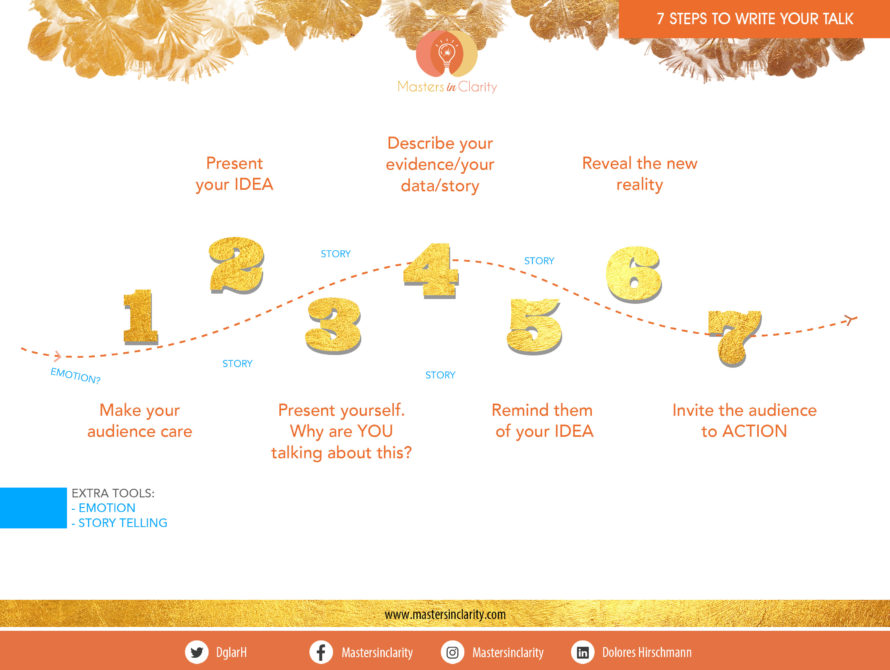
Masters In Clarity’s 7 steps to write your talk
Let’s take a look at how Achenyo’s powerful 7-minute talk fits in with the framework!
ENGAGE YOUR AUDIENCE
MINUTE 00:04 “Welcome to Bayeku, a riverine community in Ikorodu, Lagos — a vivid representation of several riverine communities across Nigeria, communities whose waterways have been infested by an invasive aquatic weed, communities where economic livelihoods have been hampered: fishing, marine transportation and trading; communities where fish yields have diminished, communities where schoolchildren are unable to go to school for days, sometimes weeks on end. Who would have thought that this plant with round leaves, inflated stems, and showy, lavender flowers would cause such havoc in these communities.”
INTRODUCE YOUR IDEA
MINUTE 02:42 “And I looked to my left and saw this very arresting image. It was an image of fishing boats that had been hemmed in by dense mats of water hyacinth. And I was really pained by what I saw because I thought to myself, “These poor fisherfolk, how are they going to go about their daily activities with these restrictions.” And then I thought, “There’s got to be a better way.” A win-win solution whereby the environment is taken care of by the weeds being cleared out of the way and then this being turned into an economic benefit for the communities whose lives are impacted the most by the infestation of the weed. That, I would say, was my spark moment.”
INTRODUCE YOURSELF
MINUTE 02:09 “I personally had my encounter with this plant in the year 2009. It was shortly after I had relocated from the US to Nigeria. I’d quit my job in corporate America and decided to take this big leap of faith, a leap of faith that came out of a deep sense of conviction that there was a lot of work to do in Nigeria in the area of sustainable development. And so here I was in the year 2009, actually, at the end of 2009, in Lagos on the Third Mainland Bridge.”
“See, I’m a computer scientist by background and not someone in the creative arts. And so I began my quest to find out how I can learn how to weave.”
PRESENT THE EVIDENCE/DATA
MINUTE 03:30 “And so I did further research to find out more about the beneficial uses of this weed. Out of the several, one struck me the most. It was the use of the plant for handicrafts. And I thought, “What a great idea.” Personally, I love handicrafts, especially handicrafts that are woven around a story. And so I thought, “This could be easily deployed within the communities without the requirement of technical skills.” And I thought to myself, “Three simple steps to a mega solution.”
MINUTE 4:36 “And this quest took me to a community in Ibadan, where I lived, called Sabo. Sabo translates to “strangers’ quarters.” And the community is predominantly made up of people from the northern part of the country. So I literally took my dried weeds in hand, there were several more of them, and went knocking from door to door to find out who could teach me how to weave these water hyacinth stems into ropes. And I was directed to the shed of Malam Yahaya. The problem, though, is that Malam Yahaya doesn’t speak English and neither did I speak Hausa. But some little kids came to the rescue and helped translate. And that began my journey of learning how to weave and transform these dried water hyacinth stems into long ropes.”
MINUTE 5:26 “With my long ropes in hand, I was now equipped to make products. And that was the beginning of partnerships. Working with rattan basket makers to come up with products. With this in hand, I felt confident that I would be able to take this knowledge back into the riverine communities and help them to transform their adversity into prosperity. So taking these weeds and actually weaving them into products that can be sold. So we have pens, we have tableware, we have purses, we have tissue boxes. Thereby, helping the communities to see water hyacinth in a different light. Seeing water hyacinth as being valuable, being aesthetic, being durable, tough, resilient. Changing names, changing livelihoods.”
REMIND THE AUDIENCE OF YOUR IDEA
MINUTE 5:26 “ Taking these weeds and actually weaving them into products that can be sold. So we have pens, we have tableware, we have purses, we have tissue boxes. Thereby, helping the communities to see water hyacinth in a different light. Seeing water hyacinth as being valuable, being aesthetic, being durable, tough, resilient. Changing names, changing livelihoods.”
REVEAL THE NEW REALITY
MINUTE 5:51 “And so, from Makoko community, to Abobiri, to Ewoi, to Kolo, to Owahwa, Esaba, we have changed the story.”
INVITE YOUR AUDIENCE TO TAKE ACTION
MINUTE 06:38 “And I’d like to end with a quote by Michael Margolis. He said, “If you want to learn about a culture, listen to the stories. And if you want to change a culture, change the stories.”
If you are saying to yourself… easier said than done, this formula looks great, BUT not sure how it can work for you, then download the 7 STEPS TO WRITE YOUR TALK framework and let me walk you through it. DOWNLOAD NOW
See more from our Anatomy of a Ted Talk Series HERE!
In Clarity,
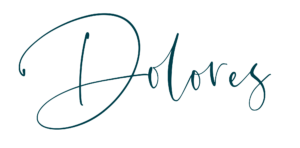
Dolores Signature in green

